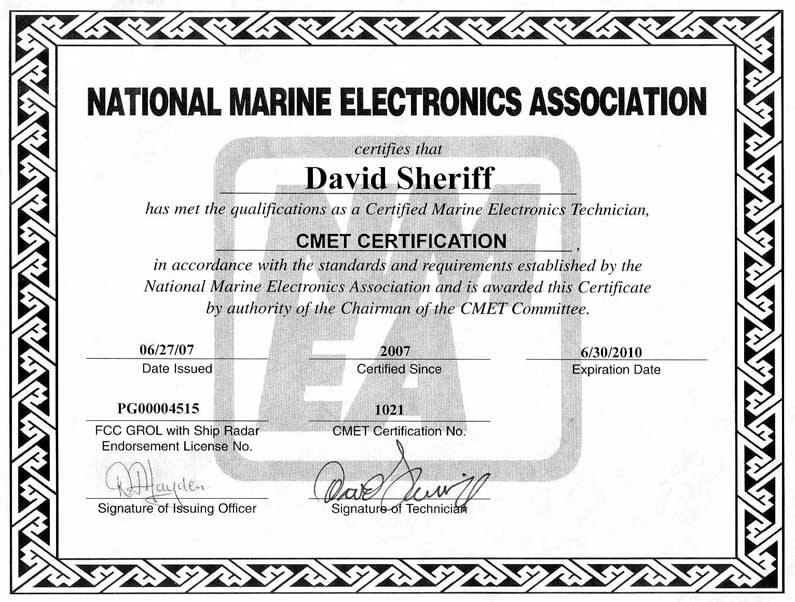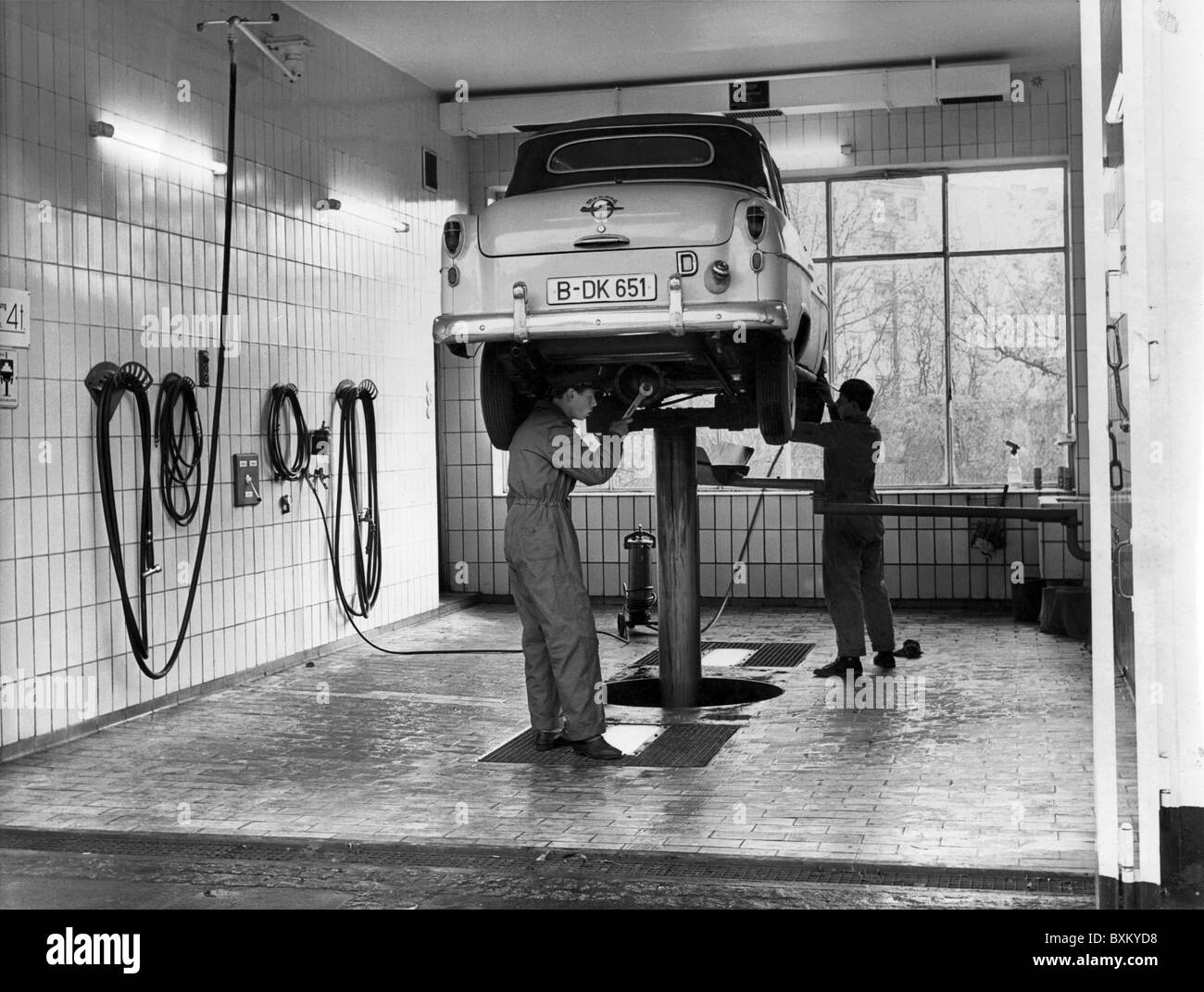
While auto parts are becoming more costly, they are still affordable for retailers. They don't have the same sticker shock as fully-assembled vehicles. However, retailers shouldn't lower their prices. Here are some guidelines for pricing auto parts properly. Here are three common reasons auto parts can be more expensive than fully assembled cars. These tips can help you make the right pricing decision for auto parts.
Profitability
The profitability of pricing auto parts can be affected by many factors. Some parts have very low margins, while others have high margins. You can make a profit of around twenty percent if you purchase a car part and mark the price up twenty percent. The same part might be sold at a discounted price of around thirty percent by a local repair shop. These differences do no matter when looking at average vehicle repairs.

Convenience
We all know how important it is to be able to find affordable auto parts. Autos will soon be able to drive themselves to repair shops and back again. To survive in this increasingly competitive market, auto parts retailers need to find new ways to provide a better service and a more convenient pricing structure. We can't forget shipping costs. More than half of consumers prefer to ship their items for free, making the convenience of ship-to-store a very valuable feature.
Supply chain
In 2022, the automotive sector faced many challenges and problems. Although the industry has enjoyed relative stability in recent years, it is unlikely that it will return to this level anytime soon. Manufacturers need to be more agile and adaptable to changing environments. We'll be looking at the reasons why pricing for auto parts has become unpredictable in the supply chain. Let's explore the main causes. The supply chain is complex and has many moving parts. This can have an impact on the pricing of auto parts.
Cost
The price of auto parts has been rising over the years but is not as high as for a fully assembled vehicle. While many parts are sourced from auto suppliers, the majority of repair shops refuse to install customer-supplied products, which drives up prices. Additionally, auto repair shops invest 40 to 60 hours annually in training employees so that they can keep up to date with the latest vehicle technology. Auto parts stores are cheaper than auto repair shops and can be sold to mostly do-it-yourselfers.

Markup matrix
A parts markup matrix can be a great way for your shop to make sure you are making the best possible profit on parts. The most commonly used matrix is based off customer price code or source. You can create different scenarios by using a variety sources. This includes pricing competitive parts at factory-list prices or at a lower profit percentage. Another common matrix includes the percentage you charge per captive part, such as Motorcraft parts and AC Delco parts. The pricing structure for special-service parts is another example.
FAQ
What qualifications are necessary to become a truck driver mechanic?
This job requires you to be a skilled mechanic, although you do not need any formal training. Your expertise is invaluable because you know how quickly and efficiently to diagnose problems.
Your knowledge of diesel technology will allow you to identify the parts that are required to fix our vehicles.
Is it worth being a mechanic.
The answer to this question will depend on your goals for life. If you are looking for financial gain, then yes. However, if purpose and meaning are what you seek, then no.
If you don’t possess any mechanics skills, you won’t be able to do it. You won't become rich from it. It won't make your name famous. It is unlikely that you will be made famous.
It would take you years to learn how to do everything correctly. It would be expensive to have your car fixed by someone else. This is why most people don’t bother. They find something better to do instead.
In conclusion, if money is your main goal, you should go ahead. The mechanic's profession is not the right place for you if it means that you will live a fulfilled life.
How long does an apprenticeship in automotive mechanics last?
An automotive mechanic apprenticeship takes around three years to complete. The apprenticeship includes two years studying at school and two more as an apprentice. The first year is spent learning all aspects of the trade, including theory, practical skills, and safety procedures. You'll also learn the safe and efficient use of tools during this first year. After the completion of the first year, you will spend another year on the job training. Here you'll gain valuable experience in different trades. These periods will also give you the chance to take formal courses.
The final year of this program is spent in obtaining qualifications and becoming certified in your field. These include NVQs (National Vocational Qualifications), which are awarded after passing exams covering specific topics within the industry. The HNCs (Higher National Certificates), on the other hand, cover general subjects like customer service and management. For those interested in pursuing certain trades, City & Guilds certificates are available.
What are the basics of car mechanics?
For an auto mechanic job, you don’t have to be an expert in cars. All you need to know is how to fix things. Most people begin by changing brake pads and tires, before moving on to more complicated repairs.
You'll need to know how to read diagrams, understand written instructions and follow basic rules of good practice. Also, you will need to know how to tell if parts require replacing or repair.
It is important that you have proper training and guidance before you attempt to repair vehicles. This is especially true for expensive components, such as transmissions and engines.
Although you won't be required to know much about cars you should have a solid understanding of the fundamentals and principles of mechanical engineering. This involves understanding how engines work and how brakes work.
You should also be ready to handle all kinds of situations. For example, you may find yourself working on a vehicle that has been involved in a serious accident. You'll also need experience dealing with breakdowns and accidents.
Finally, you must be willing to learn new skills quickly. In order to be able diagnose and fix problems, you will also need to know how to do simple maintenance tasks such tightening bolts.
What is the difference between an automotive technician and a mechanic?
Both are related, but they are not the same. The mechanic fixes cars while the technician maintains them.
A mechanic must possess good manual dexterity, and be able perform simple tasks efficiently. They should be able to accurately diagnose problems and repair them efficiently.
An automotive technician is required to have more technical knowledge than a mechanic. They need to be able use tools such drills and wrenches, and read blueprints.
They should be able safely to perform complex procedures. They must also be familiarized in different types and electrical systems.
They should also be able understand how different parts interact.
The result is that a mechanic often earns less than an auto technician. Both jobs offer many possibilities.
Statistics
- There were 749,900 jobs available for automotive service technicians and mechanics in 2016, which is expected to grow by six percent through 2026. (jobhero.com)
- 52% of Mechanics in the United States think their salaries are enough for the cost of living in their area. (indeed.com)
- According to the BLS, the median annual salary for automotive service technicians and mechanics in the United States was $44,050 in May 2020. (uti.edu)
External Links
How To
How to get a certified mechanic
These certifications are for those who wish to be certified as automotive technicians. These certifications provide an overview of all aspects of auto repair including engine diagnostics and electrical systems, brakes. steering. fuel injection. air conditioning. heating. exhaust. diagnostic tools. body repairs. collision damage repair. collision repair. paintless dent removal. motor vehicle emissions testing.
The program is composed of 12 hours classroom instruction and three month's on-the-job training at participating dealers. Students must attend 60 hours of classroom instruction per semester. In addition, they must pass a written exam which includes practical and theory questions. Students may take the National Institute for Automotive Service Excellence's state exam after completing the coursework. For employment as an automotive technician, certification by ASE is necessary.